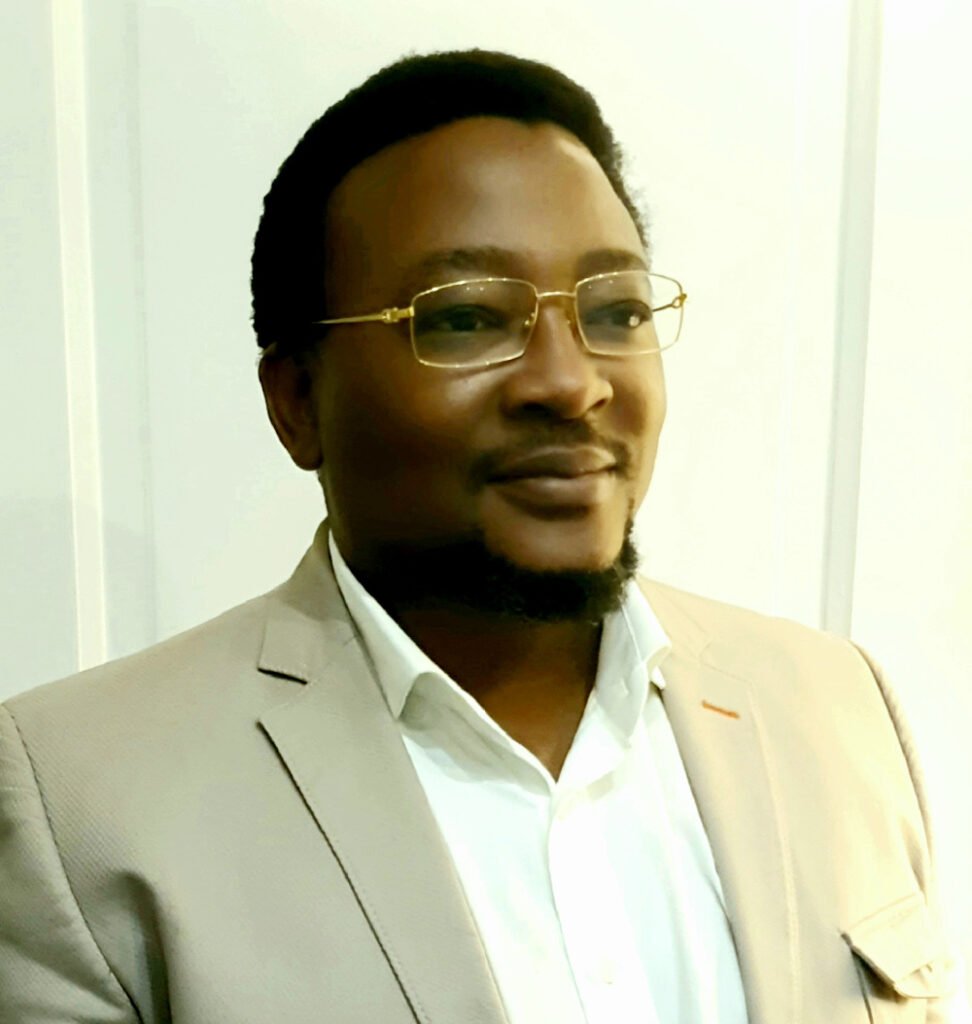A recent high court ruling on another matter led parliament’s portfolio committee on mineral resources and energy to halt the inquiry into the risk mitigation independent power producers procurement programme linked to Karpowership.
In conversation with Sechaba Moletsane: “Local operations will mitigate load-shedding and conform to all the necessary environmental and safety regulations”
Could you describe the benefits of Powership technology for South Africa?
Sechaba Moletsane: Our technology solution is uniquely suited to the South African energy landscape. Powerships are fully self-contained floating power plants. They will operate on Liquified Natural Gas (LNG) which is stored and regasified onboard Floating Storage and Regasification Units (FSRUs). South Africa needs a fast, reliable solution that can immediately help mitigate the effects of load shedding and stabilize the grid.
Gas was included in the International Resource Plan (IRP2019) as a necessity for our country’s energy future. It is widely considered the best available driver of an energy transition from highly polluting fossil fuels like coal. Karpowership SA offers world-class technology to assist with this shift.
Powerships generate electricity at an affordable, all-inclusive cost, which includes all capital costs, fuel and all operational and maintenance costs.
 Sechaba Moletsane, director of Spilled Water Renewable Energy
Sechaba Moletsane, director of Spilled Water Renewable EnergyBy using LNG, South Africa will join a number of countries in North America, Europe and Asia who are investing in LNG to support the shift from coal-based power to more environmentally sustainable solutions. Powerships and barges, in particular, are in use or are being considered all over the world – with New York being a notable example amongst many others.
What will Powerships bring to the South African economy?
The eight awarded bids, all backed by global energy companies, were selected following a highly regulated DMRE tender process. The RMIPPPP considered price, technical suitability, and economic development commitments.
Karpowership SA produced bids amongst the lowest cost of the successful bidders. At Coega our price was the second cheapest of eight bids. The cost includes LNG, which will be procured from Shell through a long-term exclusive deal to ensure that the projects, and South Africa, have access to competitively priced fuel throughout the partnership.
Is this major investment good for South Africa?
Karpowership SA has committed to invest at least R18 billion directly into local economies. This R18 billion investment includes contributions to skills transfer and socio economic, local supplier, SME and women empowered enterprise development.
In addition to this massive investment, Karpowership SA will create a high number of long-term direct employment and skills development opportunities, rather than just temporary construction positions. Our projects will initiate a new industry centered on marine power generation and LNG, with wide ranging growth potential for local businesses.
How much power do the Powerships bring into the South African grid?
Powerships will be producing a total of 1,220 MW across all three ports. ESKOM will provide electricity dispatch instructions to the Powerships between 5am and 9:30pm based on their assessment of power needs.
Our projects can be dispatched up to 450MW at Coega, 450 MW in Richards Bay, and up to 320MW at Saldanha Bay, again, depending on the dispatch instructions we receive.
Can Powerships assist with the load-shedding crisis?
Even before the pandemic wreaked havoc on our economy, the South African economy has been crippled by regular load shedding incidents. In addition to the negative effects on our economy, rolling power outages have affected public safety and disrupted our lives. Karpowership SA plans to deploy Powerships at key ports across the country to feed directly into the grid and will provide 1,220 MW which can eliminate an entire stage of load shedding and will go a long way to reducing a second stage of load shedding. Taking into consideration that load shedding cost the South African economy $338 billion over the last ten years, the value of Powerships is clear.
Coastal communities worry that the project does not adequately assess pollution and safety. Should they be concerned?
Karpowership SA is proactively working to comply with all environmental legislation and to completely prevent or mitigate any environmental risk identified as part of the EIA process. We are fully compliant and, in many instances, well below the limits set out in both international and SA environmental regulations. Throughout any term – whether one or 20 years – the same duty of care would apply, and the environment has our special focused attention across all our projects.
Who is Karpowership SA?
Karpowership SA (Pty) Ltd. is owned by a 49% South African Black-owned and women-empowered company, Powergroup SA (Pty) Ltd., with the remaining 51% held by Karadeniz Holdings Ltd.
Karpowership SA is the holding company for the three ring-fenced project companies established for Coega, Richards Bay and Saldanha Bay.
Other shelf companies have been established, such as Powership Investments (Pty) Ltd, which are simply intended for future opportunities and are not for use in the RMIPPPP.
We identified Powerships as a best-fit solution to meet South Africa’s power challenges and approached Karadeniz Holdings to explore the idea for the first time back in early 2018, whilst our country was experiencing extreme load shedding. In developing our presentation to Karadeniz Holdings to partner with us in any possible energy initiatives in our country, we established a partnership amongst individuals with skills in energy generation, banking and finance, and law. This skillset culminated in the formation of Powergroup SA, the 49% owner of Karpowership SA.